In honor of National Horticultural Therapy Week (March 20th – 26th) we have asked Katrina Fairchild, a registered horticultural therapist (HTR), to share some thoughts on these types of gardens. Katrina writes:
Thinking back on my time of working with and developing a program for teenage at-risk students, I present you with a series questions to ask yourself when deciding to undertake this significant project of offering and developing horticultural therapy (or therapeutic horticulture).
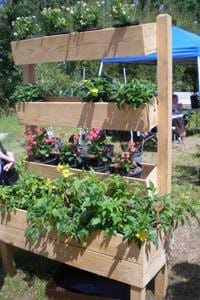
What’s the primary purpose of offering the program and the garden?
Is it for profit? Social or emotional therapy? Educational opportunity, be it vocational or academic? Purposeful in terms of feeding local families in need, or teaching certain socioeconomic groups to eat healthier to keep certain diseases at bay? Simply aesthetic? This key question begins to address the size of the garden, its proximity (location), the people it serves, its longevity, community resources to assist you, and the big question of “how much will it cost?”
Do I have the time to dedicate to planning and running a whole year of gardening?
Who will help me keep the garden going when I have a class to teach? What happens in the summer? Will I need to do one-on-one supervising in the garden or as a group?
What’s involved in programming a school garden?
It’s not just planting veggies, herbs and flowers as the seasons arrive; it’s pre-planning what to buy, how much space to dedicate, the material used, finding available resources, the return on what goes in the ground (is there continuity, for example, like seed-saving that turns into yet another session/project), planting for the holidays, student’s birthdays, special causes, and educational opportunities, just to name a few.
Am I making it fun, interesting, stimulating?
It’s very important to make the whole or a part of the garden personal and relevant. It should reflect the kids’ personalities, age, character, and life. To avoid mental or physical disengagement, you may need to plan a special “personal” square plot versus group gardening. One student I had was only intrigued by goth, so we stuck with black pansies and tulips. Play their music (not yours) while gardening. Make it relevant now: for example, select seeds that germinate quickly, and bring in samples they can eat now. Make it tangible: buy seedlings instead of seeds.
What timing and program constraints must I consider to satisfy the kids with VAK learning modalities?
An hour’s worth of outdoor gardening may end up being three different projects to capture and hold the interest of those who are visual, auditory and/or kinesthetic. More programming means less time in the garden.
How can I make this less work for me?
Get them involved from the beginning! From concept to crop, it’s their place. Get them involved in the planning stages of cost, design, layout, building, selecting favorite or new plants, colors, garden art, and what to do with excess crop. Assign or let them pick jobs or lead roles. Ownership is key.
How can I get the parents and community involved (and funding coming)?
The program is only as good as its longevity and engagement. Post photos of the garden and gardeners on social media. Send press releases. Maintain an ongoing photo album of the garden and its gardeners that is readily viewed in the classroom as well as online.
Am I making all this too complicated and burdensome?
It can be…unless you keep it simple. Sometimes we get too excited and over-inspired by what can be. Remind yourself to stop and re-analyze often: most things can be simplified. This is true from the types of material used to build the garden to the selection of herbs and vegetable.
Katrina Fairchild, is a registered horticultural therapist (HTR), certified landscaped designer (APLD), GA Certified Plant Professional (GCPP), and avid gardener and nature lover. She can be reached at (678)314-9082 or via her website www.theflowerfly.com.
Thanks, Katrina, for the great information. For more information about National Horticultural Therapy Week visit American Horticultural Therapy Association.
Happy Gardening!
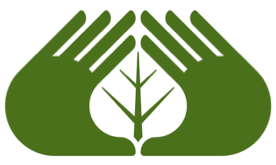
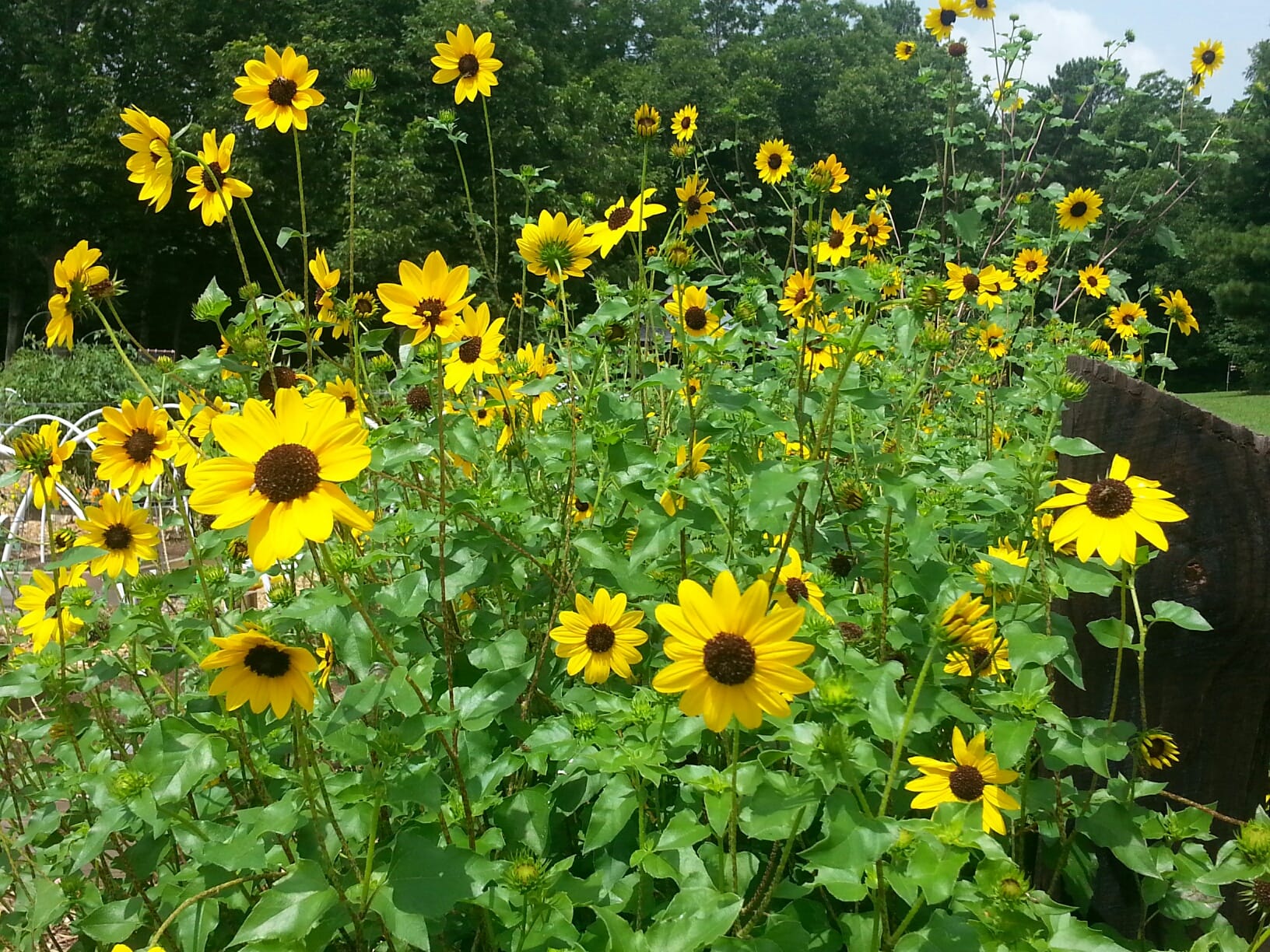
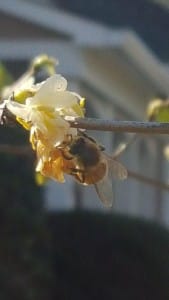
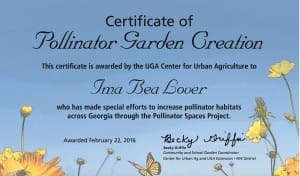
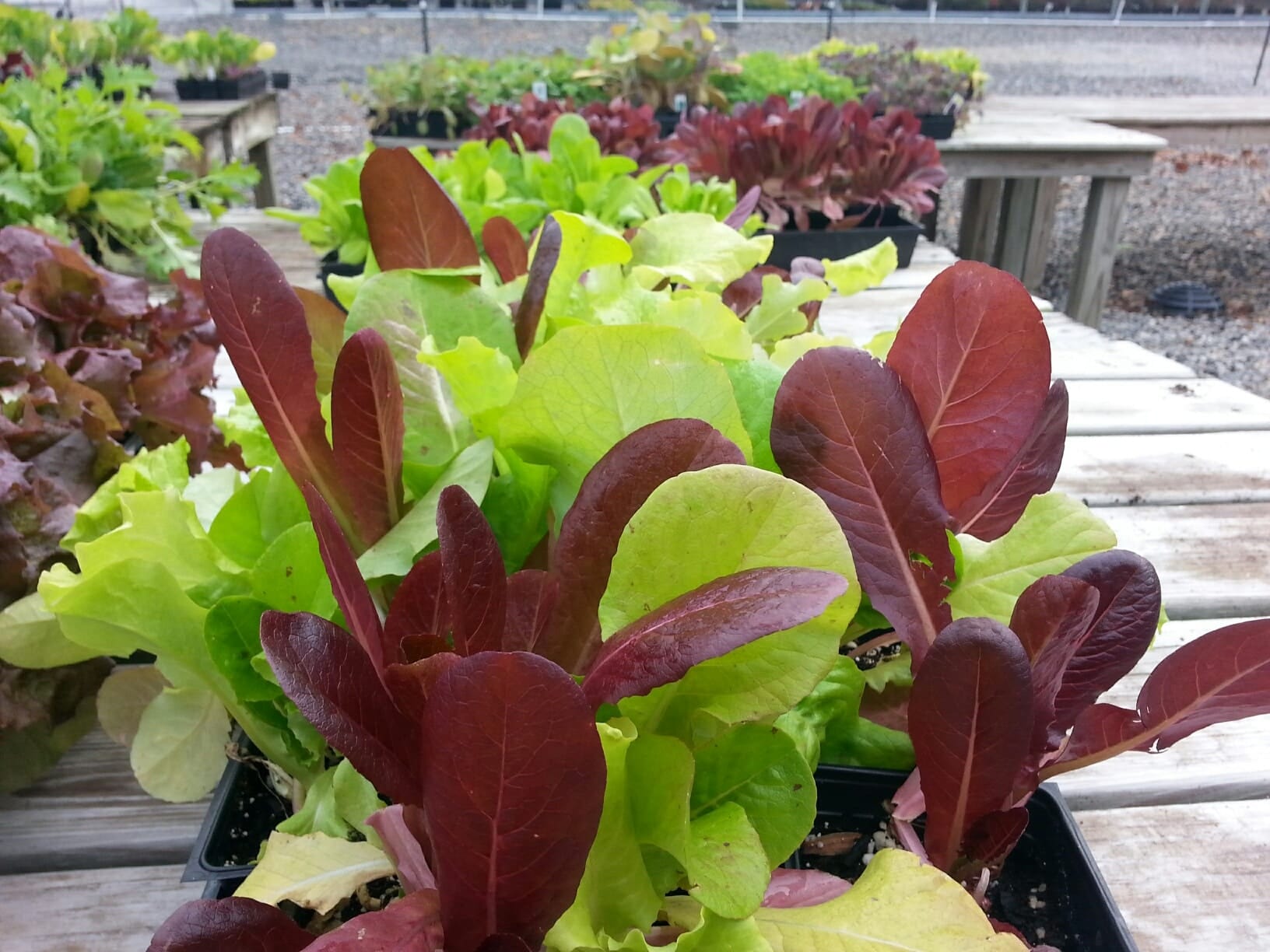
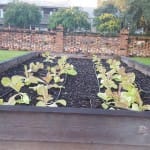 Spring greens are fun to grow in the cool weeks before the heat of summer begins. We have picked three favorites for you to try in your Georgia garden. You will be glad you did:
Spring greens are fun to grow in the cool weeks before the heat of summer begins. We have picked three favorites for you to try in your Georgia garden. You will be glad you did: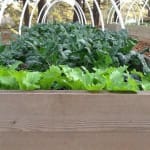 When planting greens in the spring choose loose-leaf varieties instead of head producing ones; you will have more success. You can simply cut off leaves to add to your salads instead of waiting for heads to form. The leaves don’t have to be fully mature to harvest. If we have a short spring and hit those warm summer weeks early, you will be able to enjoy some wonderful salads before the greens bolt. Homegrown greens have much more taste than anything you can purchase at the grocery store.
When planting greens in the spring choose loose-leaf varieties instead of head producing ones; you will have more success. You can simply cut off leaves to add to your salads instead of waiting for heads to form. The leaves don’t have to be fully mature to harvest. If we have a short spring and hit those warm summer weeks early, you will be able to enjoy some wonderful salads before the greens bolt. Homegrown greens have much more taste than anything you can purchase at the grocery store.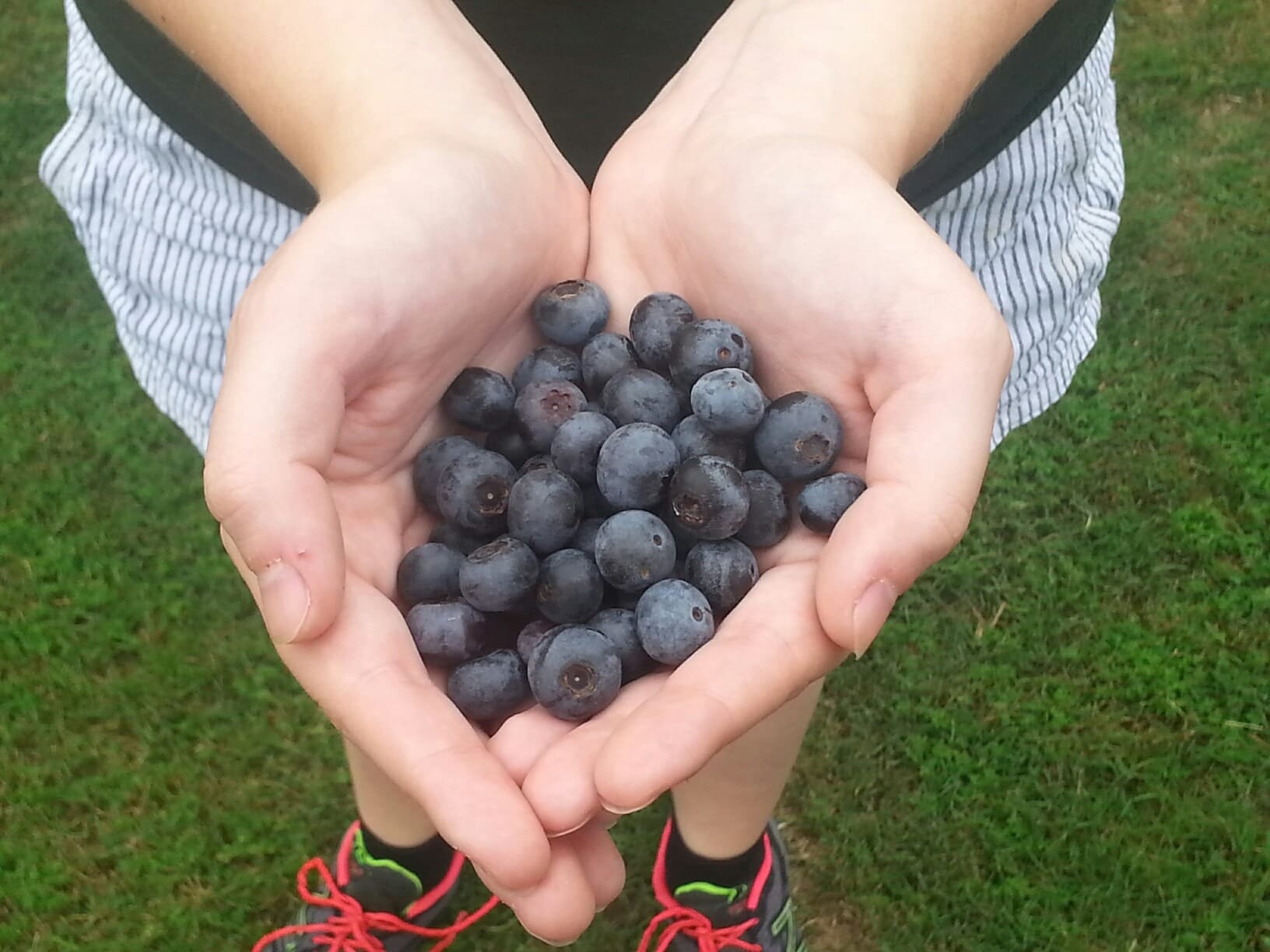
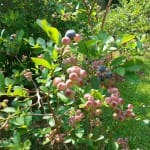 Blueberries are a perennial shrub that is relatively easy to grow. Rabbiteye types are popular statewide and their fruit is delicious! You may have read in agricultural science articles about “chill hours.” What are they? Why do they matter? To answer those questions we are going to turn to science so, please pardon the charts!
Blueberries are a perennial shrub that is relatively easy to grow. Rabbiteye types are popular statewide and their fruit is delicious! You may have read in agricultural science articles about “chill hours.” What are they? Why do they matter? To answer those questions we are going to turn to science so, please pardon the charts!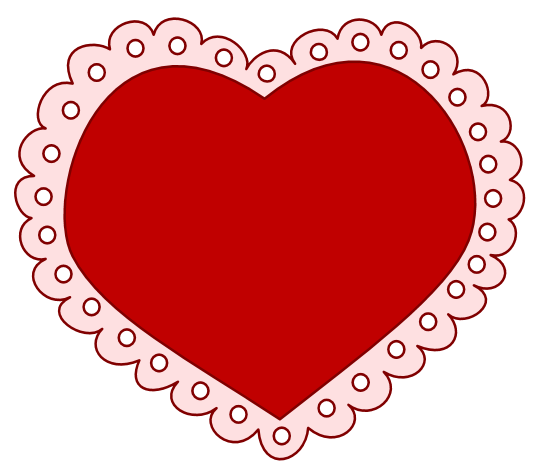
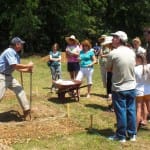
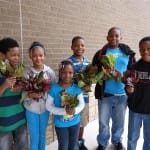
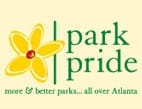 parks. This often involves helping them build community with food gardens. Betty loves growing English peas. She says “they are easy to grow, are one of the first veggies to ripen, their vines and flowers are pretty and you don’t even have to cook them- you can just pick & eat.”
parks. This often involves helping them build community with food gardens. Betty loves growing English peas. She says “they are easy to grow, are one of the first veggies to ripen, their vines and flowers are pretty and you don’t even have to cook them- you can just pick & eat.”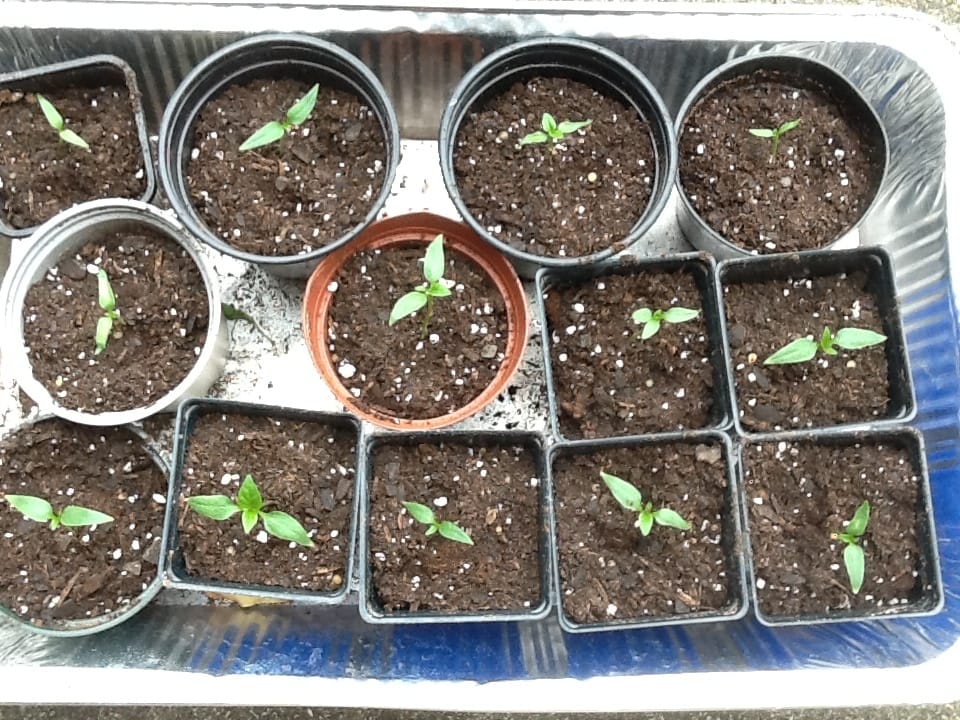
 Your seedling trays and pots need to be sterilized. You do not want to start the season with trays contaminated with fungal spores. Simply mix 1 part bleach to 9 parts water soak your pots for a minimum of ten minutes. Rinse well and you are ready!
Your seedling trays and pots need to be sterilized. You do not want to start the season with trays contaminated with fungal spores. Simply mix 1 part bleach to 9 parts water soak your pots for a minimum of ten minutes. Rinse well and you are ready! When planting many trays of seeds it is easy to forget what seeds went in which tray. If you label on the clear tray tops you may accidentally remove the top and replace it differently – labeling is lost.
When planting many trays of seeds it is easy to forget what seeds went in which tray. If you label on the clear tray tops you may accidentally remove the top and replace it differently – labeling is lost.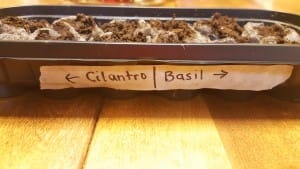

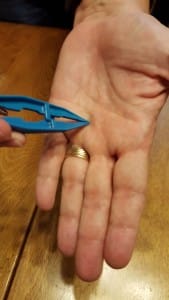
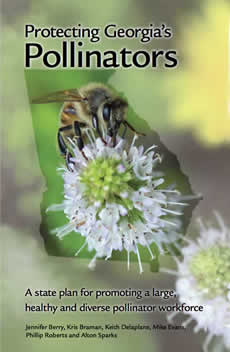
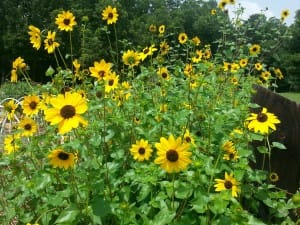
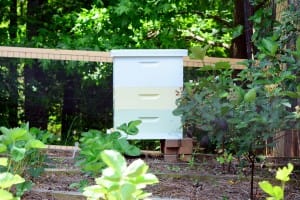
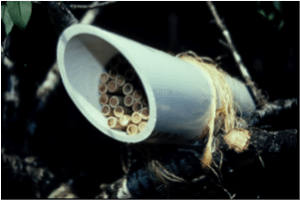
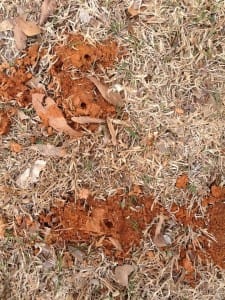
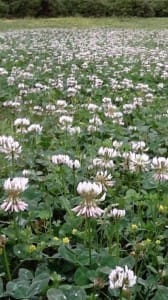
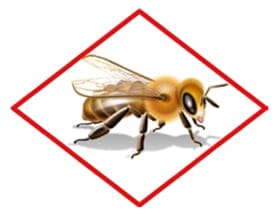
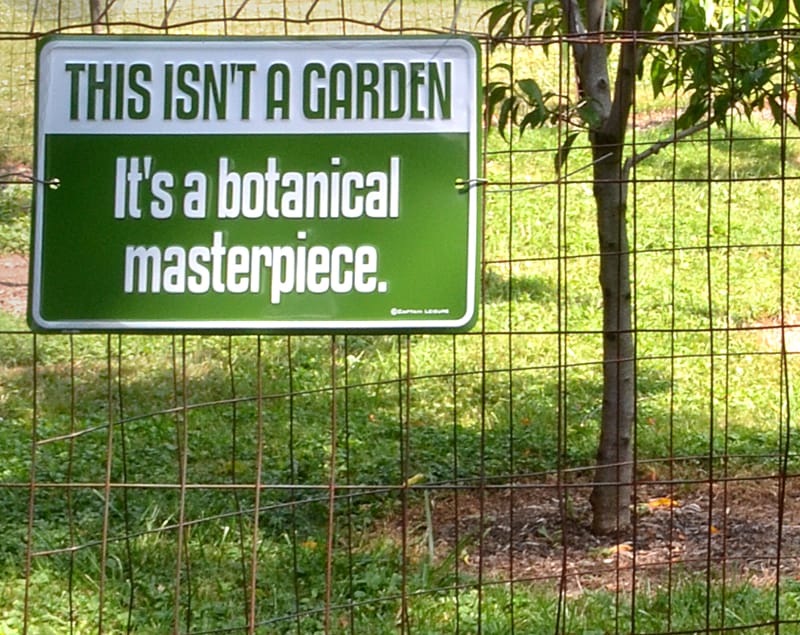
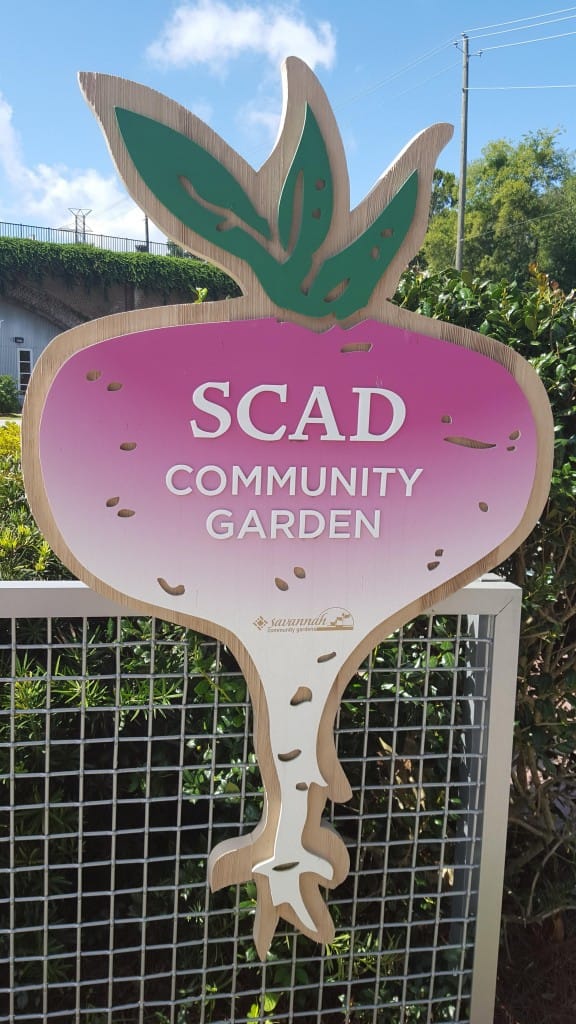
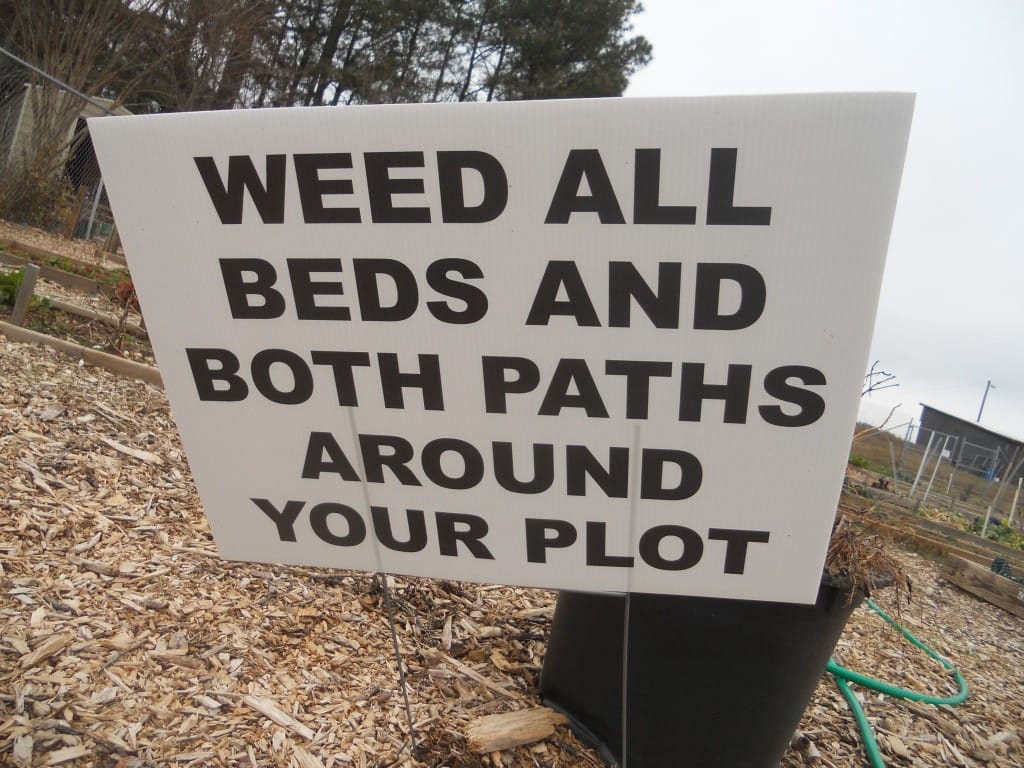
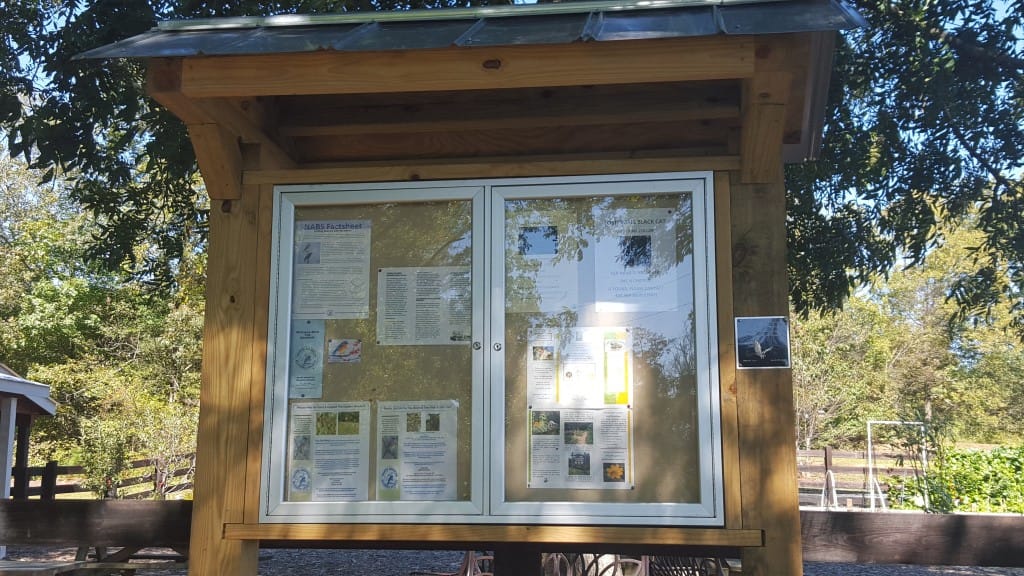
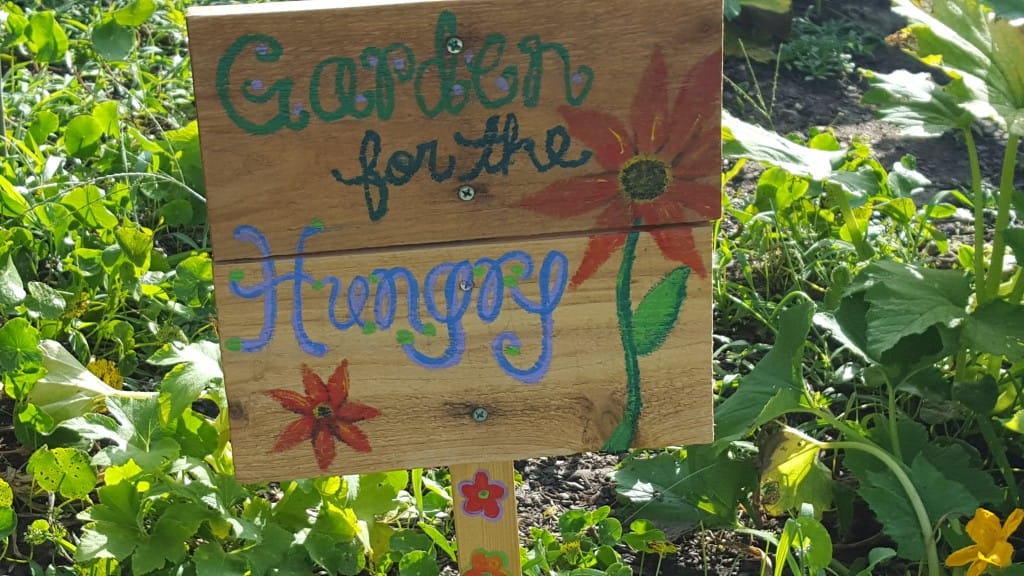
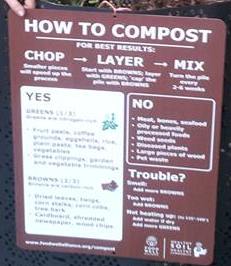
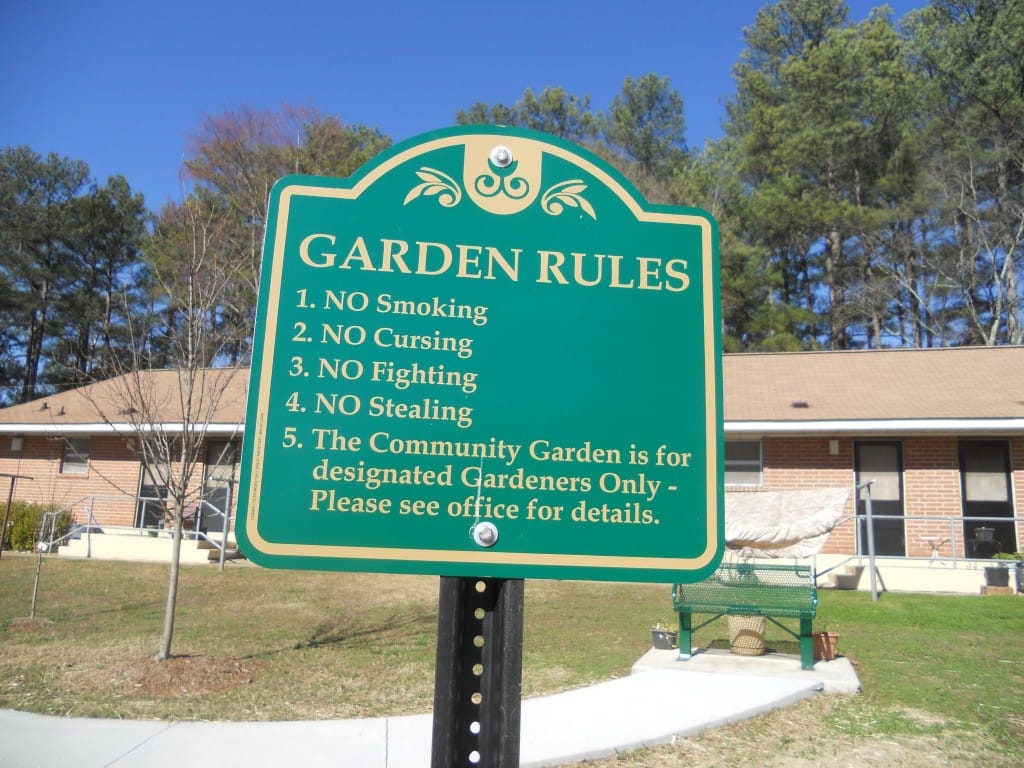
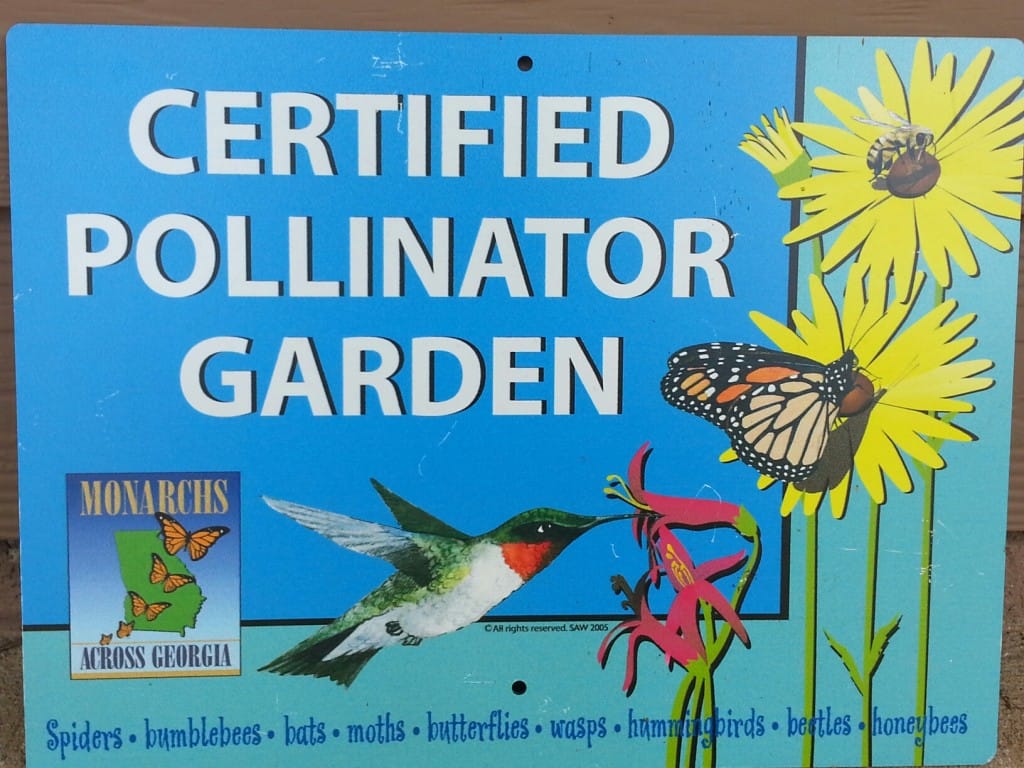
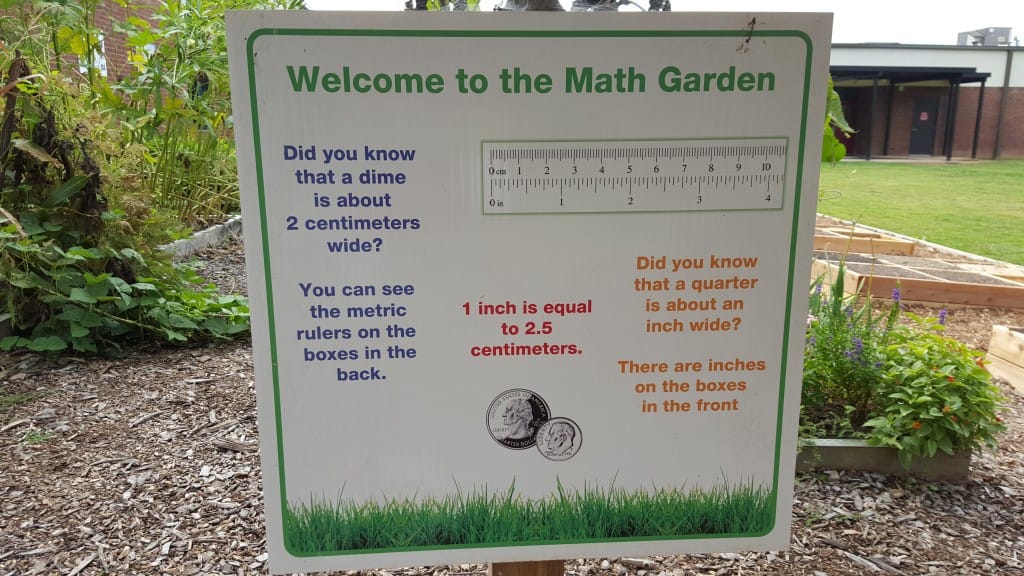
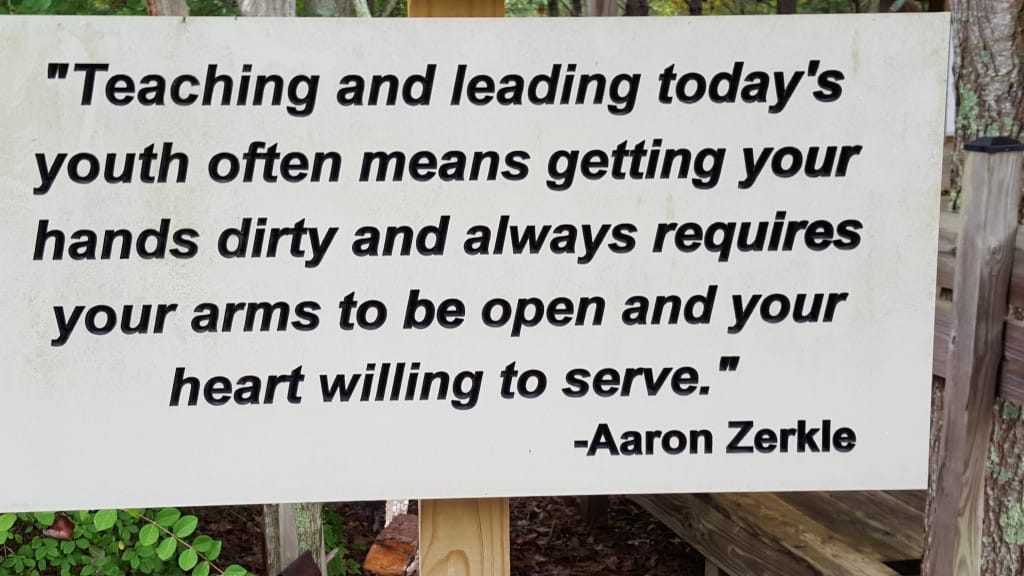

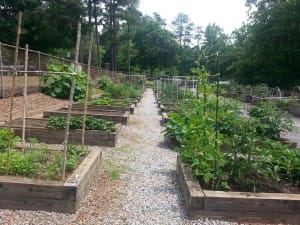
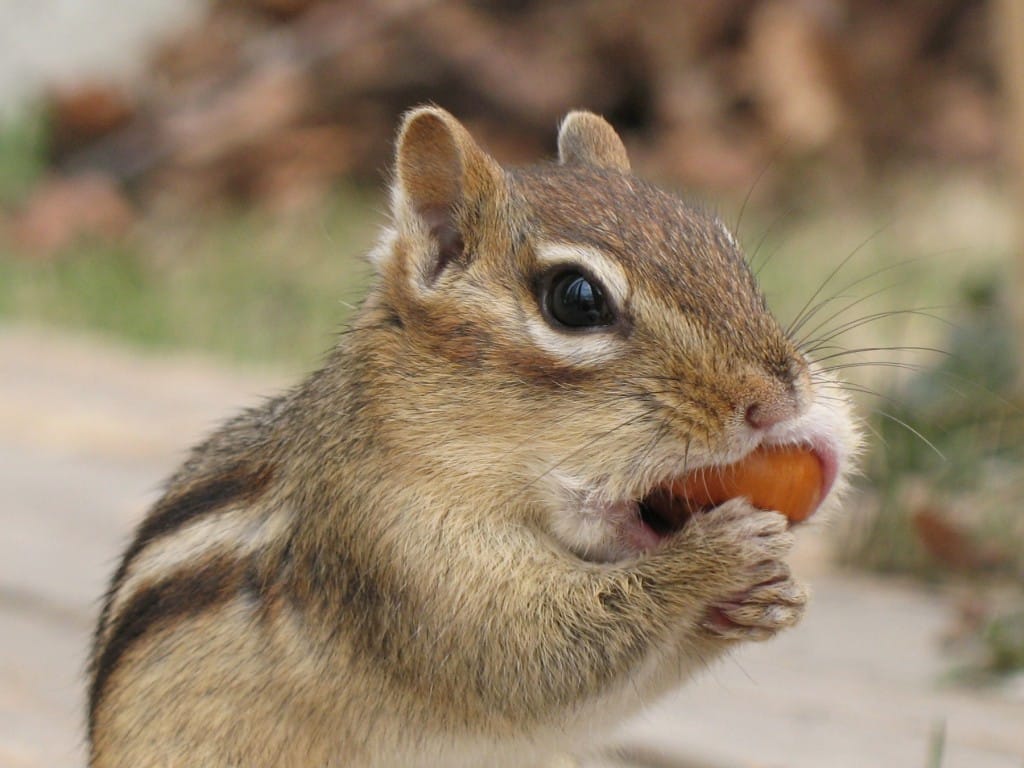
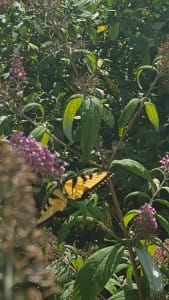
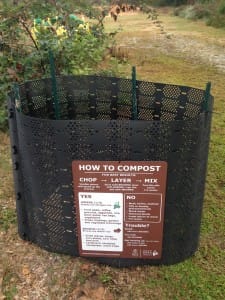 not leaving weed piles and overgrown plots for mice to hide in. You are harvesting the vegetables just as they become ripe and not letting overripe vegetable stay in the garden.
not leaving weed piles and overgrown plots for mice to hide in. You are harvesting the vegetables just as they become ripe and not letting overripe vegetable stay in the garden.